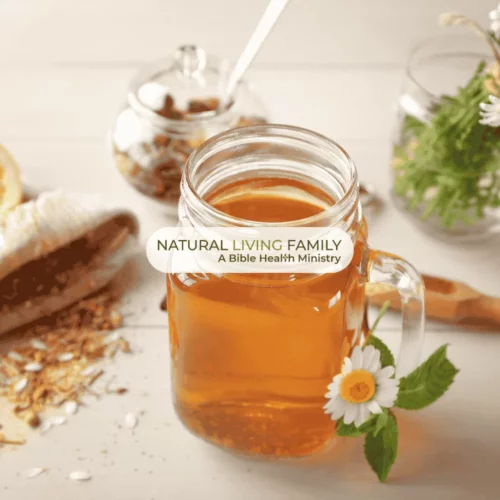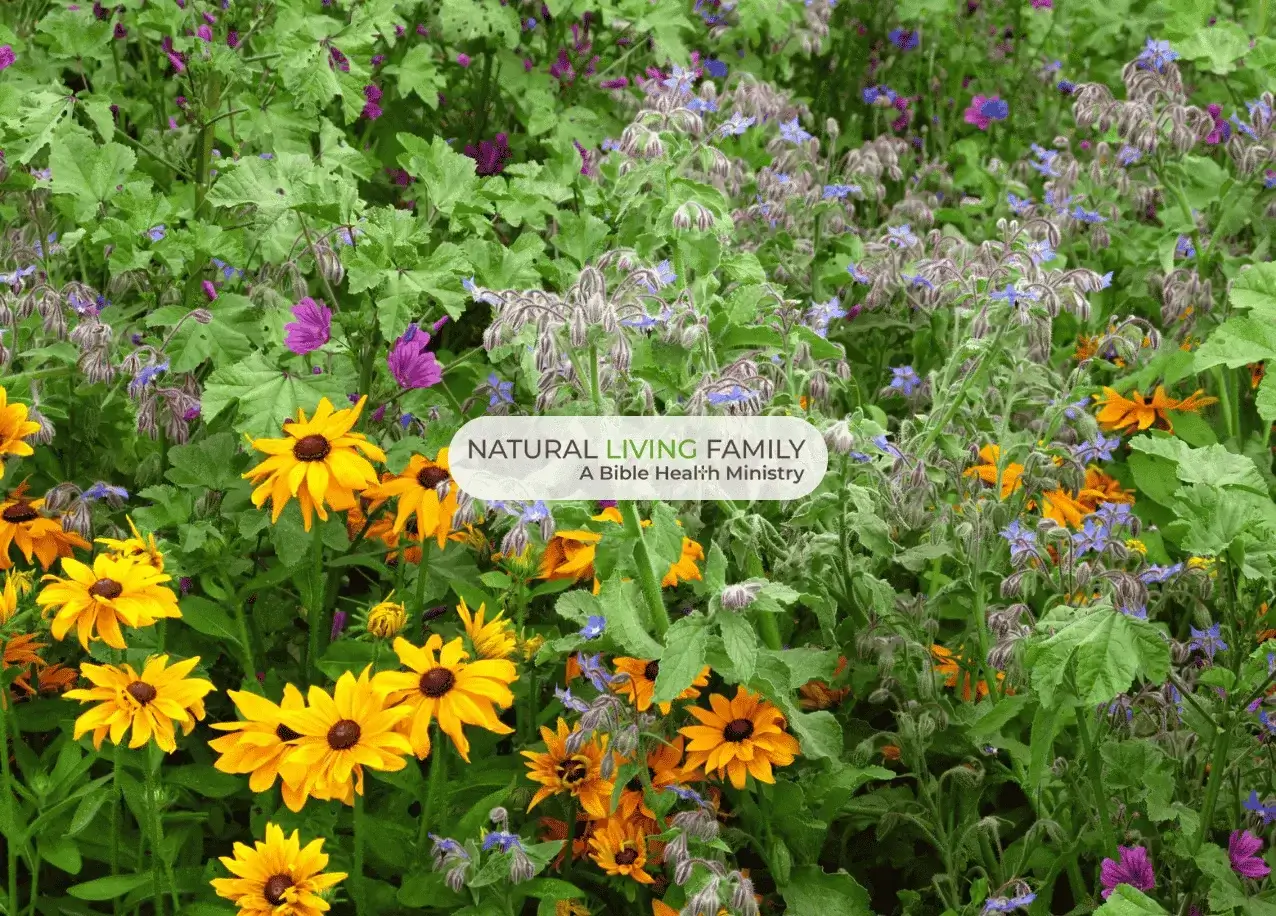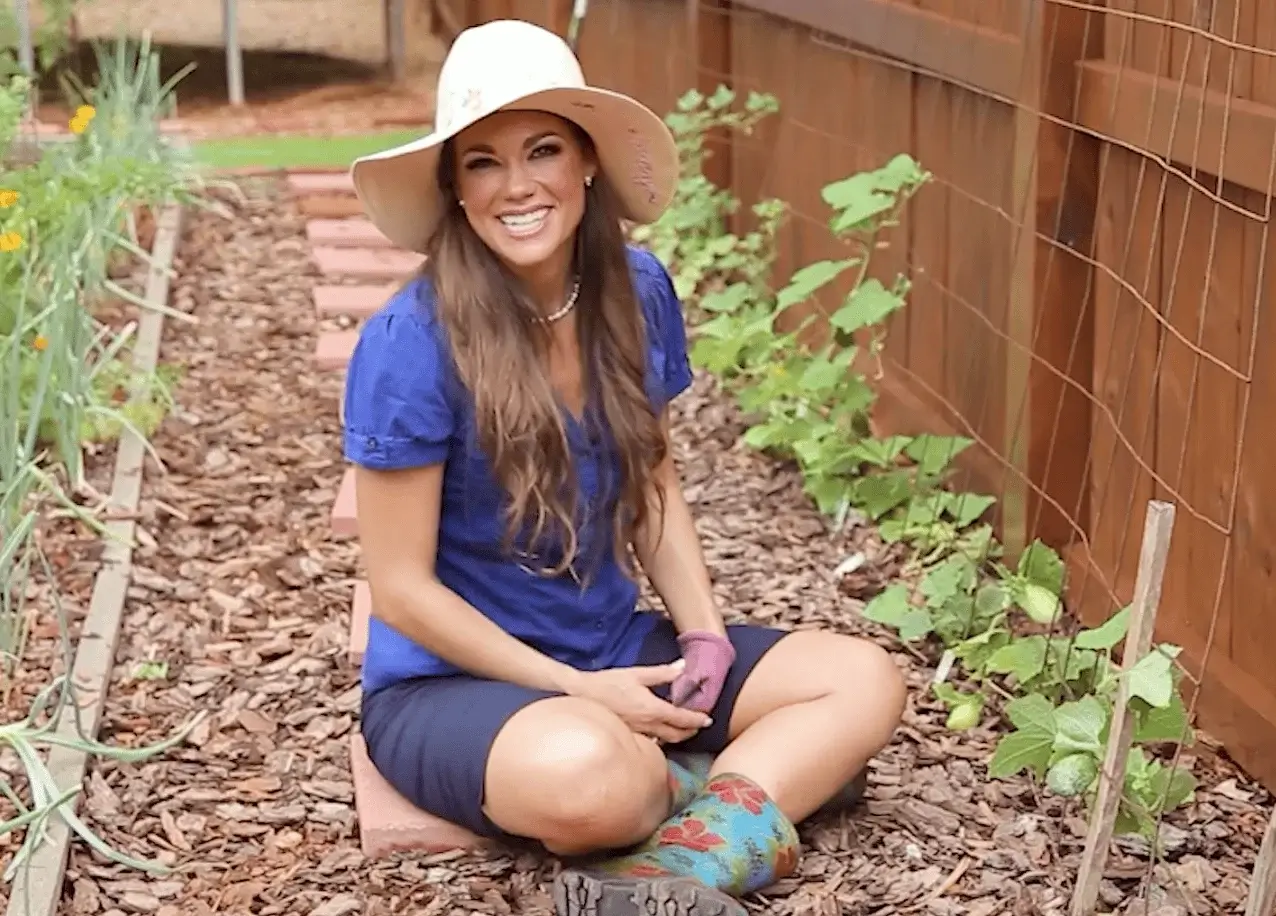Herbal teas have so many benefits that you can take full advantage of when you learn how to make homemade tea from your own garden. Whether I need a little something to help me unwind and destress, a quick pick-me-up, or just a little healthful indulgence, sitting down with a cup of tea is such a wonderful moment in my day.
Table of Contents
The Benefits of Homegrown Tea
There are many wonderful benefits of using homegrown tea made from herbs and flowers straight from your own garden. Though each individual herb has its own unique properties and benefits, homegrown tea as a whole has some common benefits that you will enjoy. Some of the best things about using herbs and flowers to make tea include:
- Control of the Growing Process – Though there are many wonderful organic teas on the market, there is nothing quite like knowing exactly how your herbs and flowers were grown and having full control over the process.
- Source of Vitamins and Antioxidants – Many herbal teas are rich in various vitamins and antioxidants, making them a wonderful addition to your daily routine. Tea is a simple and delicious way to get so many of the things that your body needs.
- Mental Health Benefits – The medicinal properties of some herbal teas can have a wonderful effect on your mental health. They help to relax your mind and release stress and anxiety. Certain herbs and blends can help to boost your mood or provide energy when yours is a little low.
- Physical Benefits – Herbal teas can contain ingredients that reduce inflammation, boost the immune system, aid in digestion by reducing stomach issues, and relieve cold symptoms among other great physical effects you’ll feel from enjoying herbal teas.
What Are the Best Herbs and Flowers to Make Tea?
There are so many edible herbs and flowers that can be grown in attractive garden landscapes and then enjoyed in homemade herbal tea blends. Hibiscus is one that comes to mind immediately and is an absolute favorite in our family. Here are more than a dozen of my favorite grow-them-yourself plants for tea.
- Anise – This fast-growing herb has a wonderful licorice flavor that is wonderful in homemade teas.
- Chamomile – One of the best-known flowers used in herbal teas, Chamomile has a wonderful calming effect. Take care when using if you’re allergic to ragweed.
- Chocolate Mint – Once you try a little chocolate mint in your herbal blends, you’ll turn to it often for its delicious flavor.
- Fennel – The healthy digestive effects of Fennel are not the only reason it makes a regular appearance in my cup. It also has a wonderful spicy flavor that I love.
- Hibiscus Flowers – Brewing up the beautiful flowers of the Hibiscus results in a wonderfully delicious tea to enjoy at any time of day.
- Lavender – Lavender is a go-to herb for so many purposes, but its flowers bring a rich, floral flavor to homemade tea blends.
- Lemon Balm – Though part of the mint family, lemon balm has a refreshing, citrus scent and flavor.
- Lemon Grass – The citrus flavor of lemon grass is another wonderful way to add a fresh, lemony hint to your tea.
- Lemon Verbena – This wonderful plant adds strong lemon flavor to teas, but also brings in pollinators to help your garden flourish.
- Monarda (Bee Balm) – Bee balm is a favorite of hummingbirds and also makes a wonderful tea.
- Peppermint – Peppermint is a go-to flavor for many herbal tea blends and also is a wonderful stand-alone tea.
- Rose Hips/Roses – Tea roses aren’t just for looks when enjoying a cup of tea in the garden. Rose hips and roses add an amazing fragrance and flavor.
- Rosemary – Though Rosemary is a strong, flavorful herb, adding just a bit to a tea blend can bring a wonderful, savory flavor.
- Stevia – Growing your own stevia and using it in your herbal teas can bring a wonderful, natural sweetness to each cup.
How To Make Your Own Tea
When you are preparing your harvest to make your own tea, here are some important tips to keep in mind. As you learn how to make your own tea, these simple techniques will help you to get the most out of the flowers and herbs you are using and simplify the process.
- Dry Herbs and Flowers Quickly – Though you can dry your herbs and flowers in a dark place by hanging them in bunches, you risk mildew and mold growth if the room is at all damp. Using a dehydrator or the oven to dry your herbs quickly and safely is the best choice. Use similar techniques for dehydrating fruit to get the best results.
- Store Dried Herbs and Flowers Properly – Again, moisture is your worst enemy when it comes to storing dried herbs and flowers for tea. Make sure that your containers are sealed well and kept in a cool, dark place to help your tea components last.
- Combine Blends for Easy Use – Keeping some of your dried tea components separate for experimenting with new combinations is a great idea, but combining the most common blends that you use ahead of time can be a blessing – especially when you find yourself struggling to fall asleep or fighting off a cold and need some relief quickly.
- Choose the Right Tea Strainer – There are a lot of choices when it comes to tea strainers. Look for a larger model made of stainless steel mesh. Larger strainers will help more water reach the herbs and develop the most flavor quickly.
- Steep for the Right Amount of Time – Typically herbal teas take anywhere from 3-15 minutes to develop the best flavor. Be careful not to oversteep stronger herbs or to understeep those that have a more mild taste. It might take some trial and error to find just the right amount of time for the flavor you desire.
- Use ONLY Plants Grown with Organic Methods – This is so important! You’re going to be drinking water infused with the essence of each flower and herb you steep so you want to make sure there are no toxic chemicals in your garden and soil that could harm you.
Simple Homemade Tea Recipes
With a garden filled with wonderful ingredients to include in your own herbal tea blends, one of the most fun things to do is experiment with different combinations. Typically, herbal blends contain around 2 tsp to 1 Tablespoon of dried herbs to a cup of boiling water. Here are a few delicious ideas to help you get started with learning how to make homemade tea.

Lavender Chamomile Blend
Servings
Ingredients
- 1 teaspoon organic Lavender
- ½ teaspoon organic Chamomile
- ½ teaspoon organic Peppermint
Instructions
- Typically, herbal blends contain around 2 tsp to 1 Tablespoon of dried herbs to a cup of boiling water.
Notes

Simple Peppermint Tea
Servings
Ingredients
- 1 teaspoon organic Peppermint
- 1 teaspoon organic Stevia
Instructions
- Typically, herbal blends contain around 2 tsp to 1 Tablespoon of dried herbs to a cup of boiling water.
Notes

Hibiscus Mint Tea
Servings
Ingredients
- 1 teaspoon organic hibiscus
- 1 teaspoon dried organic rosehips
- 1 teaspoon organic hibiscus flower
Instructions
- Typically, herbal blends contain around 2 tsp to 1 Tablespoon of dried herbs to a cup of boiling water.
Notes

Restful Tea Blend
Servings
Ingredients
- 1 teaspoon organic lemon balm
- 1 teaspoon organic chamomile
- 1 teaspoon organic lavender
Instructions
- Typically, herbal blends contain around 2 tsp to 1 Tablespoon of dried herbs to a cup of boiling water.
Notes

Digestive Blend Tea
Servings
Ingredients
- 1 teaspoon organic dried peppermint
- 1 teaspoon organic fennel seeds, lightly crushed
- 1 teaspoon dried organic lemon balm
- 1/2 teaspoon dried organic chamomile flowers
Instructions
- Typically, herbal blends contain around 2 tsp to 1 Tablespoon of dried herbs to a cup of boiling water.
Notes
When it’s all said and done, homegrown tea from your own garden is the freshest, best way to enjoy some beautiful flowers and herbs. Many of these plants are not only incredibly useful, but gorgeous garden plants.











